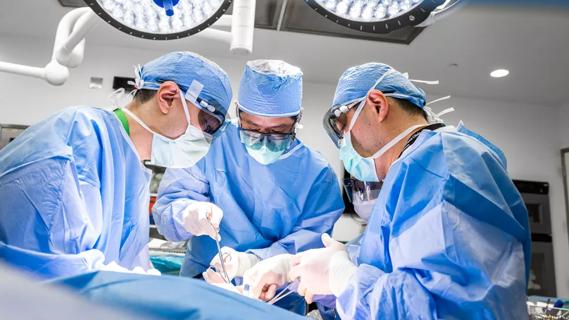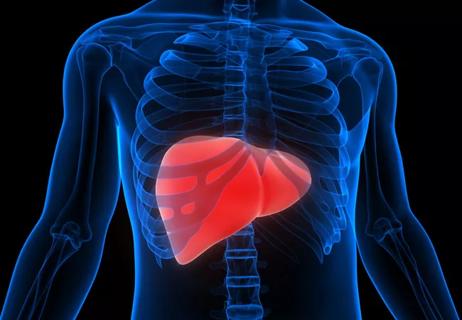Viewpoints from Steven Wexner, MD

There has been an explosion of interest in the clinical application of indocyanine green fluorescence imaging (ICG-FI) in surgery.
Advertisement
Cleveland Clinic is a non-profit academic medical center. Advertising on our site helps support our mission. We do not endorse non-Cleveland Clinic products or services. Policy
This technology can be employed in a myriad of surgical procedures for numerous indications, including ureteric identification (Dip et al.), lymph node mapping (Emile et al.), endocrine organ identification, biliary anatomy identification (Rosenthal et al.) and anastomotic perfusion (Mizrahi and Wexner).
Specifically, ICG-FI appears to facilitate rapid, safe, noninvasive identification of biliary anatomy, which may improve the safety of cholecystectomy. In addition, safe, rapid, reliable, minimally invasive lymph node recognition may help map optimal oncologic resections. Noninvasive ureteric identification may also offer reduced morbidity without the need for the more expensive, time consuming and invasive procedure of ureteric catheter placement.
Within the realm of colorectal surgery in the U.S., the only use of ICG-FI thus far has been for anastomotic perfusion assessment. The simple, easy-to-use, non-invasive method of ICG-FI entails visualizing fluorescence of the bowel serosa prior to anastomosis and the bowel mucosa after anastomosis.
The technology is very exciting, as numerous recent large trials have noted that anastomotic leaks occur in between 10 and 15 percent of high-risk pelvic anastomoses following anterior resection. The adverse financial, functional and oncologic sequelae of an anastomotic leak include significantly increased expense and morbidity, significantly inferior bowel function, and significantly increased local recurrence of cancer with significantly decreased survival. Therefore, it is incumbent upon us to continue to strive to reduce the rate of anastomotic leaks, especially following anterior resection.
Advertisement
Therefore, we recently organized and subsequently published the proceedings of two recent consensus conferences (Chadi et al., Vallance et al.), which attest to the global interest in reducing anastomotic leaks.
The PILLAR II trial and other publications have suggested that ICG-FI may potentially be the current best solution to decrease the rate of anastomotic leaks.
Further evidence for this potential benefit was published by Boni and colleagues in Surgical Endoscopy. They compared 42 patients who underwent laparoscopic anterior resection with total mesorectal excision and what they termed fluorescence angiography (instead of but synonymous with ICG-FI) to a control group who did not undergo fluorescence angiography.
The groups were very well stratified for age, gender, BMI, use of steroids, anastomotic height, and type, disease stage and use of neoadjuvant therapy.
Although there were no significant differences in the incidence of anastomotic leak, none of the 42 patients in the fluorescence angiography group experienced anastomotic leaks as compared with two of the 38 patients (5%) in the control group.
This manuscript did not confirm a statistical advantage, but it certainly provides data to support the continued investigation of the potential benefits of fluorescence angiography during low anterior resection. Other so far unpublished but publicly presented studies, including one collaborative effort among surgeons in England, Ireland and Switzerland collaborate these findings of safety, reliability and potential benefit.
Advertisement
We routinely use ICG-FI/fluorescence angiography during anterior resections at Cleveland Clinic Florida to offer our patients what we seems to be optimal safety measures for anastomotic assessment.
Advertisement
Advertisement

The importance of raising awareness and taking steps to mitigate these occurrences

New research indicates feasibility and helps identify which patients could benefit

Standardized and collaborative care improves liver transplantations

Caregiver collaboration and patient education remain critical

Beyond recognizing and treating food allergies, GIs also have a responsibility to address common food allergy misconceptions

Important to recognize limitations when it comes to healthcare and research

Findings reinforce the importance of multidisciplinary care

Underlying inflammation may cause higher rates of CV events